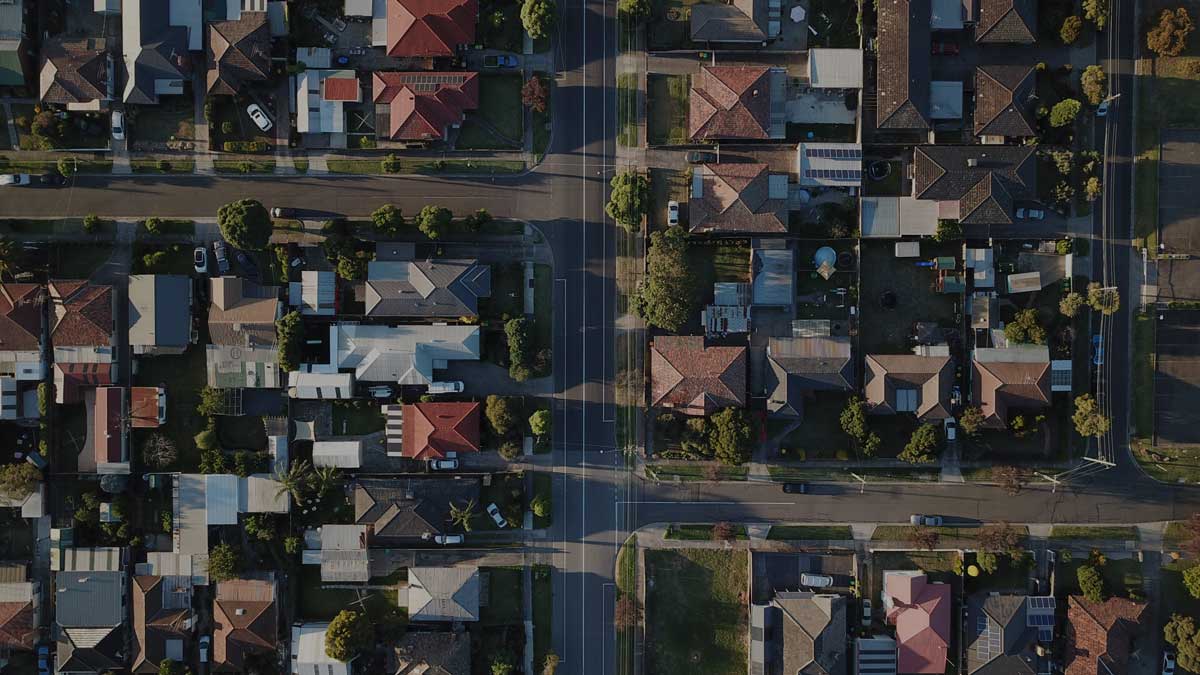Multiple factors were considered in order to determine zip codes disproportionately impacted by health and economic circumstances related to COVID-19, including diagnosed cases of COVID-19 per 1,000 residents, unemployment insurance claims per 1,000 residents, and the percentage of households living in poverty. In general, zip codes for which two or more of these factors exceeded certain thresholds were considered to be disproportionately impacted.
Additional consideration was provided to zip codes previously defined as COVID-19 priority neighborhoods defined by the City of Houston. Data related to race/ethnicity and median household income was also referenced to inform final decisions. Finally, the Greater Houston COVID-19 Recovery Fund Grants Committee then reviewed the zip codes that met these criteria to ensure consistency with collective knowledge regarding circumstances throughout the four-county area.
Based on this analysis below are zip codes that correspond with 20 communities within the four-county Greater Houston area. Note, there were no communities identified as disproportionately impacted in Waller County. See the list and data sources used here.
Thank you to the Greater Houston Community Foundation’s Understanding Houston team, United Way of Greater Houston data team, Elizabeth Love on the COVID-19 Recovery Fund Grants Committee, and Ryan Ramphul from Texas Children’s Hospital and volunteer member of the Data Workgroup of the Harris County Long-Term Recovery Committee, who all worked to help make this analysis and map possible.
